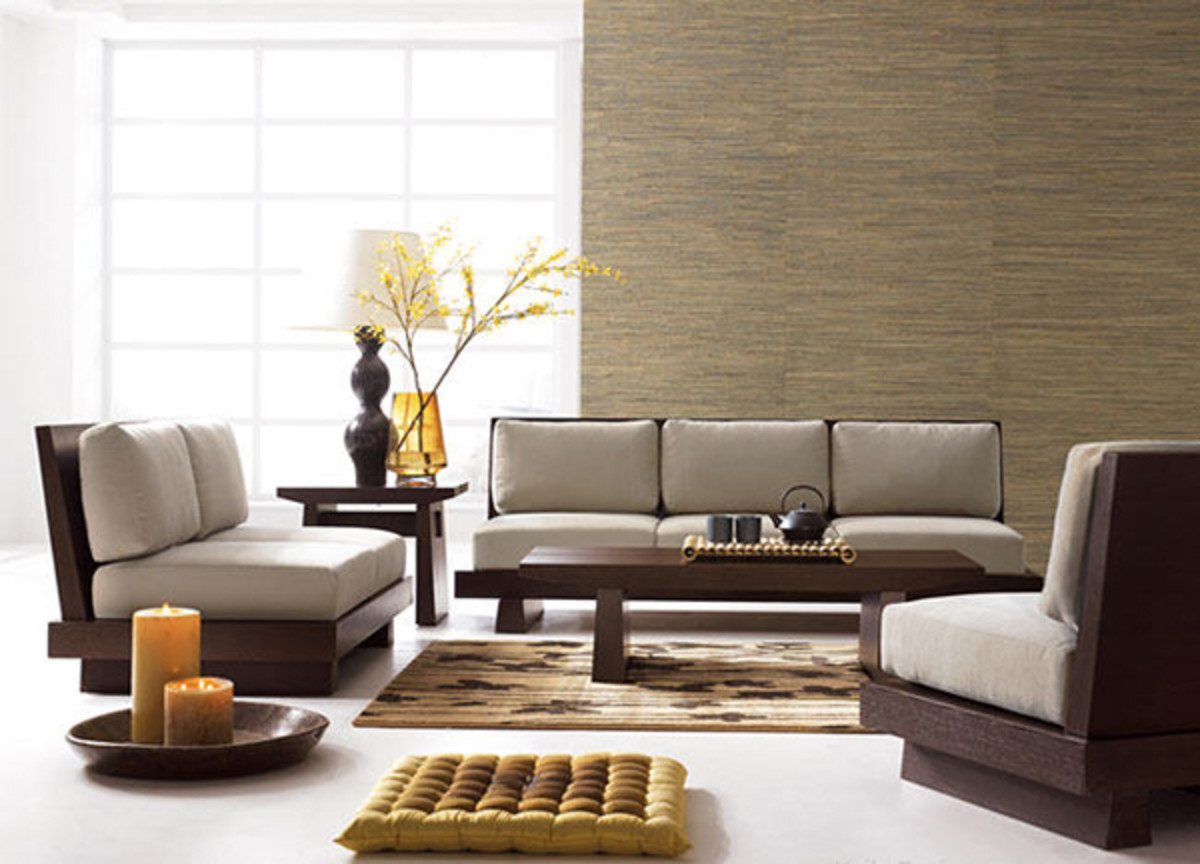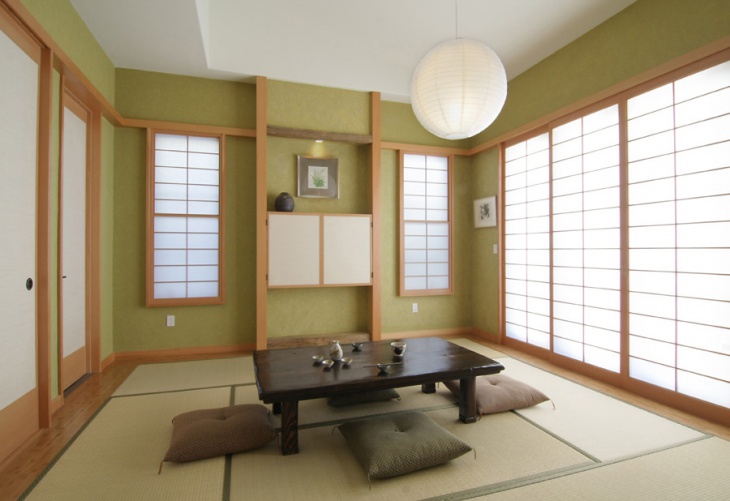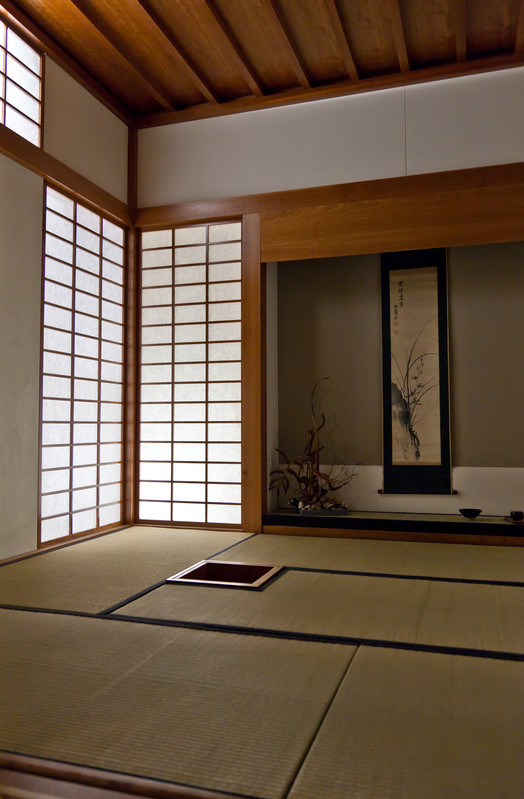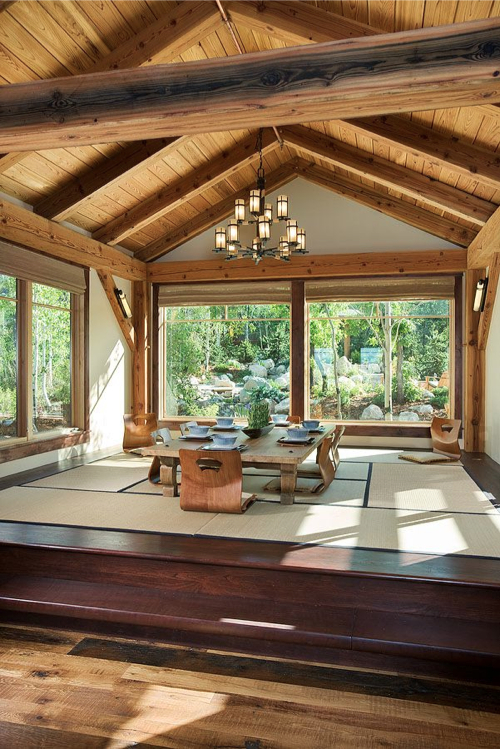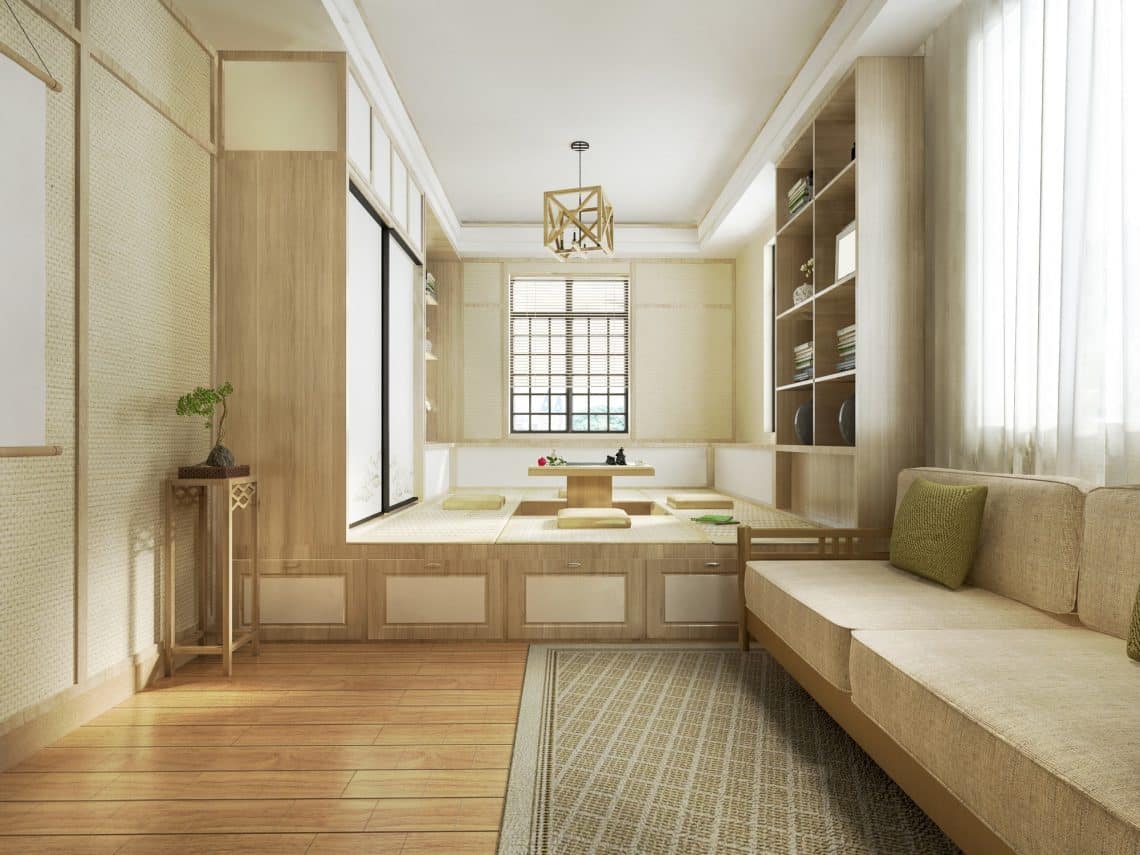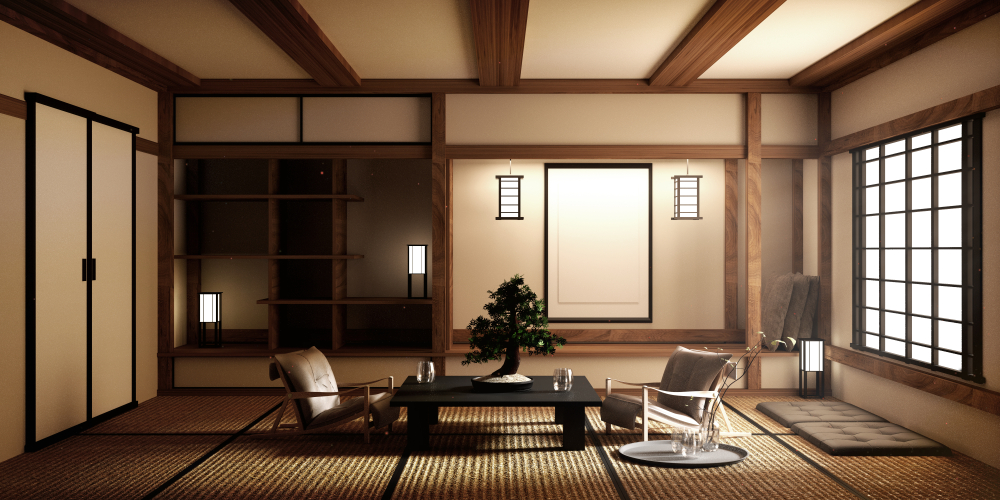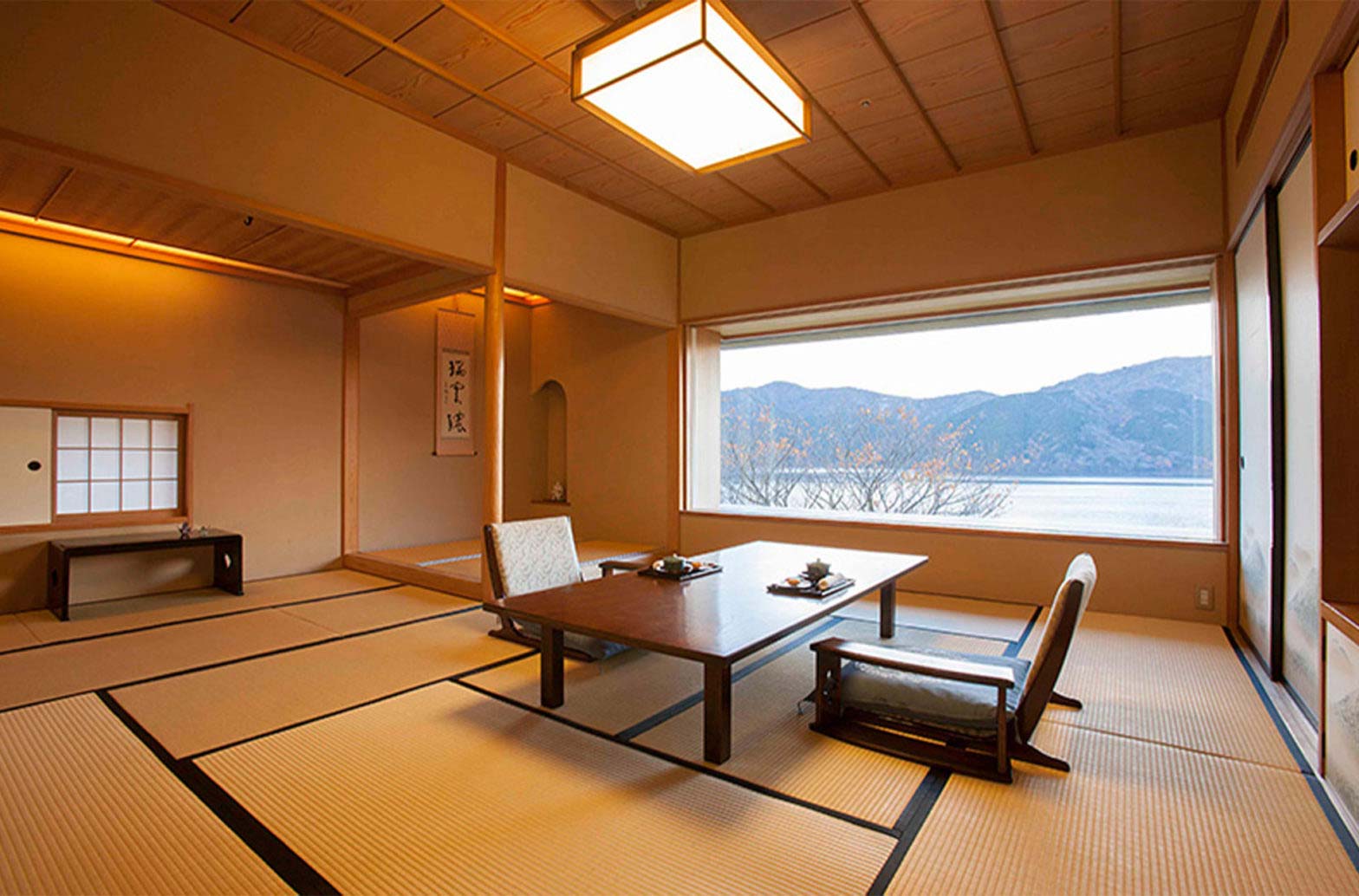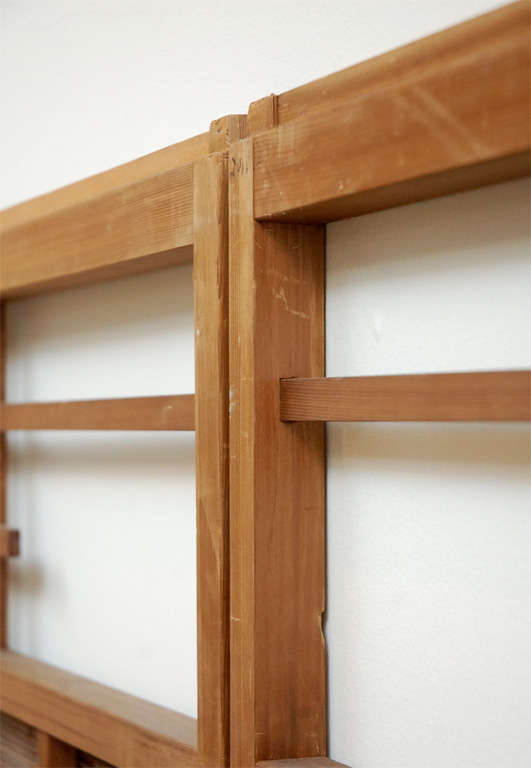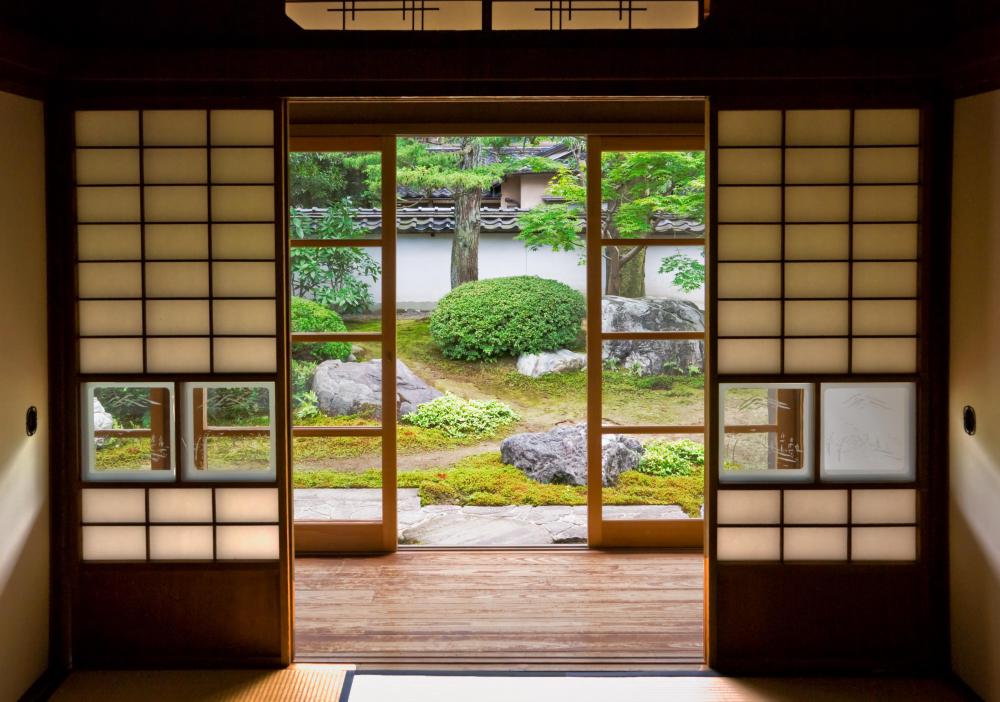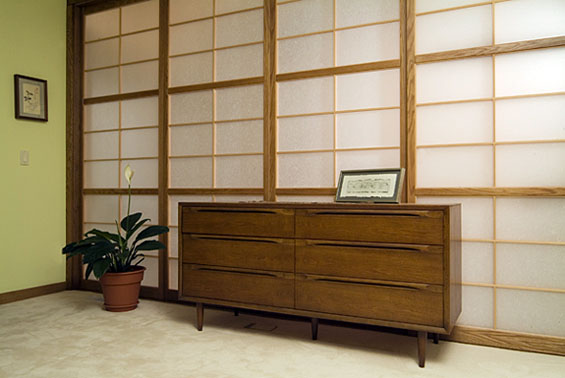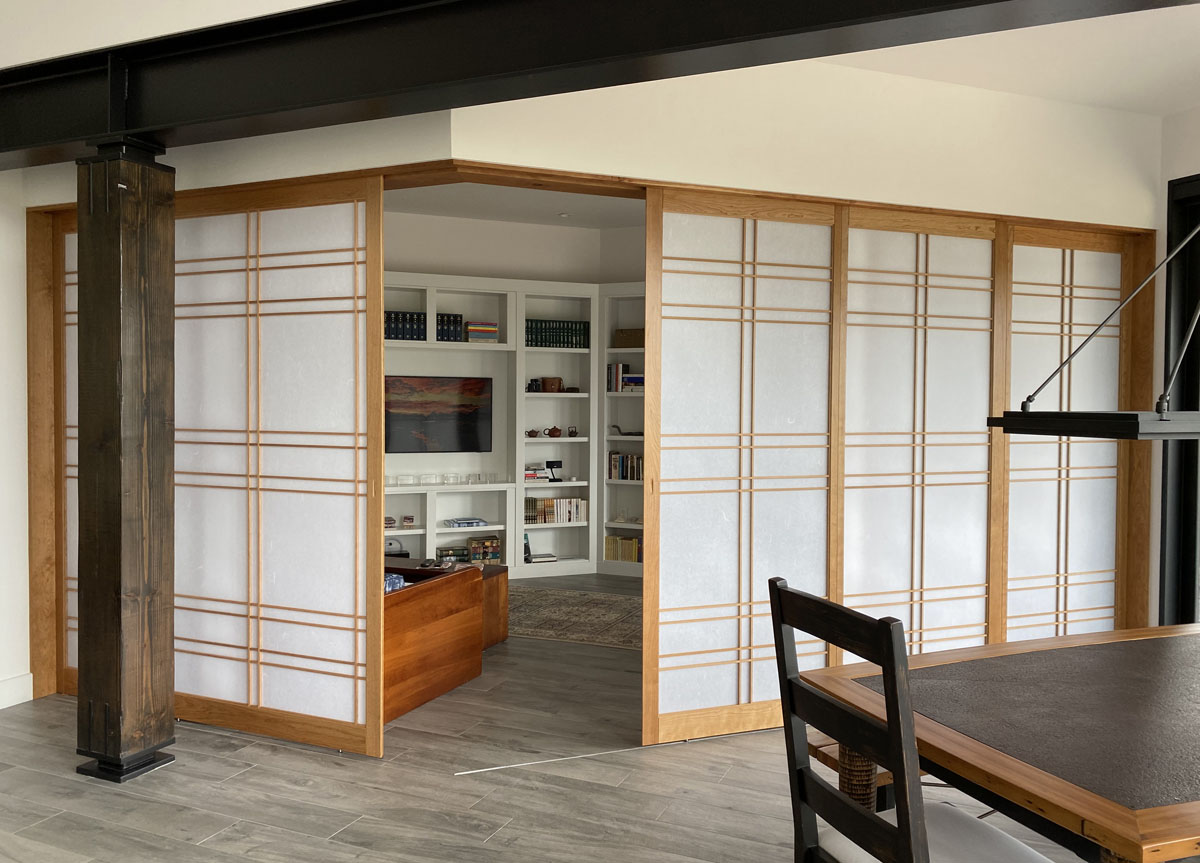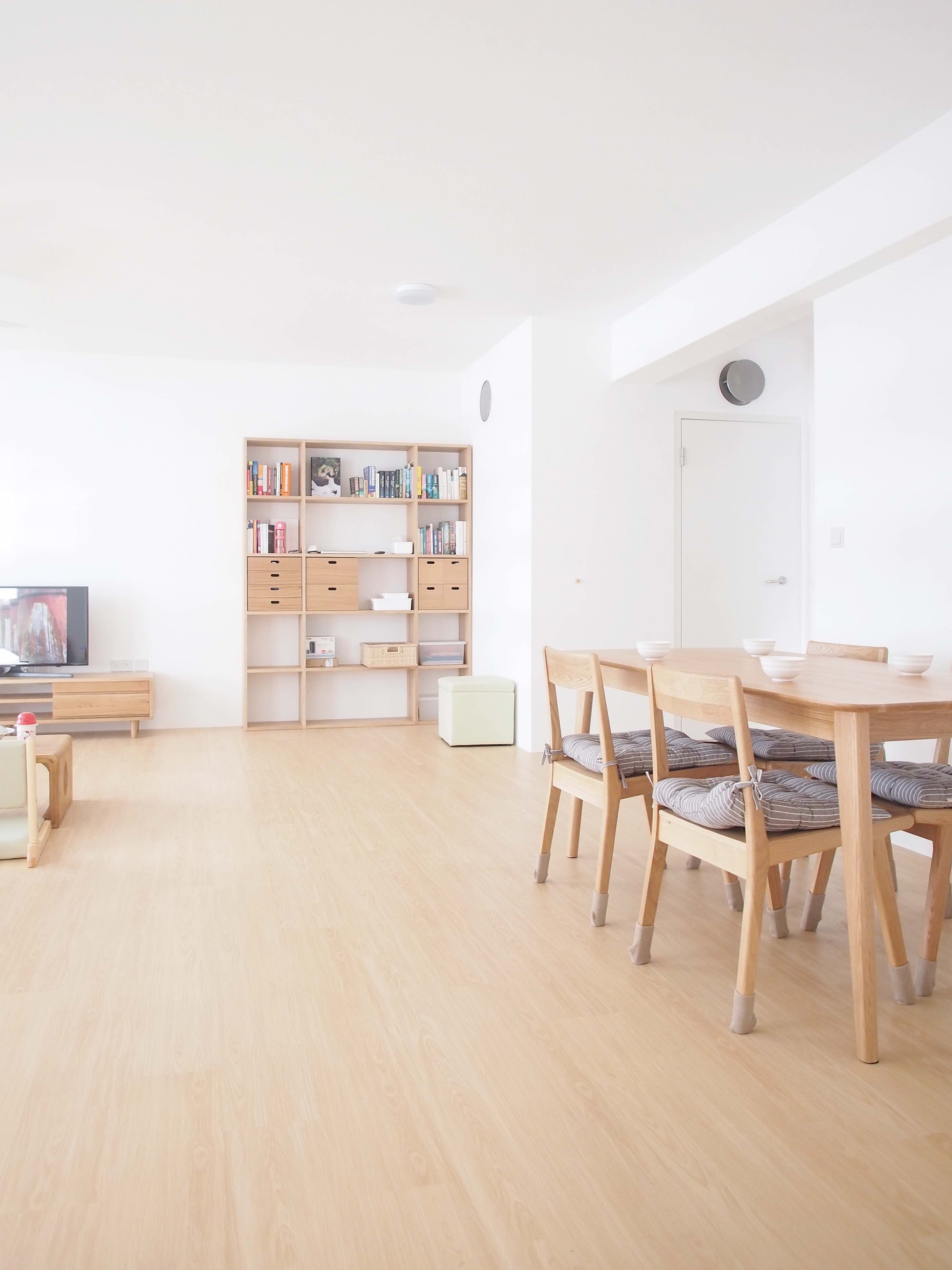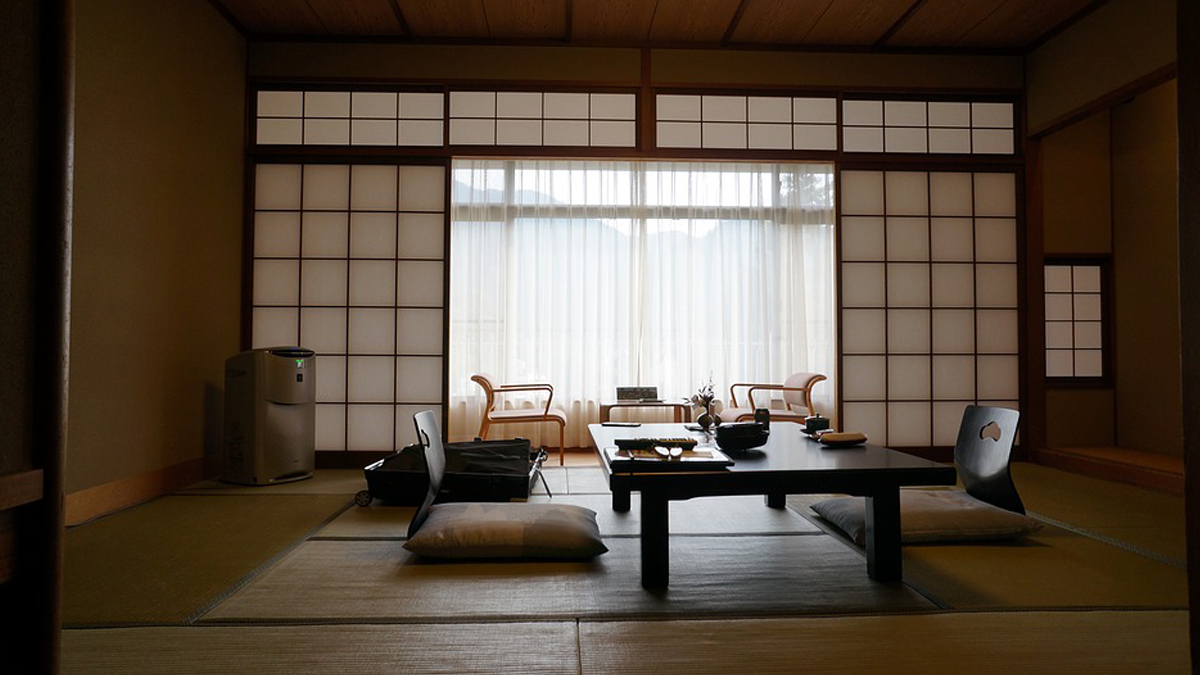The modern Japanese living room design is a perfect blend of traditional elements and contemporary style. It incorporates clean lines, minimalism, and functionality to create a peaceful and serene space. This style is perfect for those who want a modern yet cozy living room that exudes a sense of calmness and simplicity. The key elements of a modern Japanese living room design include natural materials, neutral color palette, and a clutter-free space. Incorporating these elements will help you create a clean and minimalist living room that is both functional and aesthetically pleasing. The use of futons or tatami mats as seating options is a common feature of modern Japanese living rooms. These low-rise seating options not only save space but also add to the traditional Japanese aesthetic. You can also add a kotatsu, a low table with a built-in heater, for a cozy and warm seating option during the colder months.Modern Japanese Living Room Design
The clean and minimalist Japanese living room is all about simplicity and functionality. The focus is on creating a clutter-free space that promotes relaxation and mindfulness. This style is perfect for those who prefer a more minimalistic and organized living space. The color palette for a clean and minimalist Japanese living room is usually neutral, with a lot of white, beige, and light wood tones. This creates a serene and calming atmosphere that is essential for a Japanese-inspired living room. You can add pops of color through accent pieces like cushions, rugs, or artwork. When it comes to furniture, stick to the basics. Choose low-rise seating options like futons or floor cushions, and keep the overall design simple and uncluttered. You can also add storage solutions like shoji screens or built-in cabinets to keep the space organized and free of clutter.Clean and Minimalist Japanese Living Room
If you want a modern Japanese living room with a touch of elegance and sophistication, then contemporary Japanese living room ideas are perfect for you. This style incorporates traditional elements with a modern twist, creating a unique and stylish living space. The contemporary Japanese living room features a mix of natural materials like wood and stone with sleek and modern finishes. You can add a touch of luxury with high-quality fabrics like silk, velvet, or linen in your furniture or decor. This will add texture and depth to the space while maintaining the overall clean and minimalist aesthetic. Incorporating indoor plants is also a great way to add a touch of nature and bring life into the space. Choose plants that are low maintenance and can thrive indoors, like bonsai trees or lucky bamboo. These not only add to the aesthetic of the room but also promote a sense of tranquility and balance.Contemporary Japanese Living Room Ideas
When it comes to Japanese style living room decor, less is definitely more. The key to achieving the perfect Japanese-inspired living room is to keep the space simple and uncluttered. Stick to a neutral color palette and incorporate natural materials like wood, stone, and bamboo for a truly authentic feel. One of the most iconic Japanese style living room decor pieces is the shoji screen. These paper screens not only add to the aesthetic of the room but also serve as partitions to create separate areas in an open living space. You can also add fusuma, which are sliding doors adorned with beautiful ukiyo-e paintings, for a touch of traditional Japanese art. Other decor elements that you can incorporate into your Japanese living room include bonsai trees, ikebana (Japanese flower arrangements), and zen gardens. These elements not only add to the aesthetic of the room but also promote a sense of peace and harmony.Japanese Style Living Room Decor
The sleek and simple Japanese living room is all about clean lines, minimalism, and functionality. This style is perfect for those who want a modern and sophisticated living space without compromising on the traditional Japanese aesthetic. The key to achieving a sleek and simple Japanese living room is to keep the space clutter-free and stick to a neutral color palette. You can add accents of black for a touch of contrast and depth in the room. This will also add a touch of sophistication and elegance to the space. Incorporating modern furniture with clean and simple lines is essential for this style. You can also add shoji screens or fusuma for a traditional touch. Keep the overall design minimal and uncluttered to create a serene and calming atmosphere.Sleek and Simple Japanese Living Room
The furniture in a Japanese-inspired living room is all about functionality, simplicity, and natural materials. The use of low-rise seating options like futons or floor cushions is a common feature in this style. These not only save space but also add to the traditional Japanese aesthetic. When it comes to choosing furniture for your Japanese living room, stick to natural materials like wood, bamboo, and rattan. These materials not only add to the aesthetic of the room but also promote a sense of harmony with nature. You can also add tatami mats for a traditional touch and to create a soft and comfortable seating area. For those who prefer a more modern touch, you can incorporate low-profile sofas or chairs with clean and simple lines in your living room. These will add a touch of contemporary style while still maintaining the overall Japanese aesthetic.Japanese Inspired Living Room Furniture
The Zen Japanese living room design is all about creating a peaceful and serene space that promotes mindfulness and relaxation. This style incorporates elements of nature, simplicity, and clean lines to create a space that is both functional and aesthetically pleasing. The color palette for a Zen Japanese living room is usually neutral, with a lot of white, beige, and earthy tones. You can add accents of green through indoor plants or bamboo blinds to bring a touch of nature into the space. This will help create a calming and peaceful atmosphere. Incorporating elements of feng shui is also essential in a Zen Japanese living room design. Arrange your furniture in a way that promotes flow and balance in the space. You can also add zen gardens or water features for a touch of tranquility and harmony.Zen Japanese Living Room Design
The modern Japanese tatami living room is a perfect blend of traditional elements and modern style. This style incorporates tatami mats as flooring, which adds a touch of warmth and coziness to the space. You can also use futons or floor cushions for seating options, which not only saves space but also adds to the traditional Japanese aesthetic. The modern Japanese tatami living room also features shoji screens, which serve as partitions to create separate areas in an open living space. You can also add built-in storage to keep the space clutter-free and organized. This will help maintain the overall minimalist and functional aesthetic of the room. For a touch of modernity, you can incorporate modern lighting fixtures or geometric patterns in your decor. This will add a contemporary twist to the traditional Japanese tatami living room design.Modern Japanese Tatami Living Room
Shoji screens are an integral part of traditional Japanese architecture and are commonly used in Japanese living rooms. These paper screens not only add to the aesthetic of the room but also serve as partitions to create separate areas in an open living space. The use of shoji screens in a Japanese living room adds a touch of elegance, simplicity, and functionality. These screens are usually made of translucent paper and wood frames, which allow natural light to filter through and create a soft and calming atmosphere in the room. For a modern twist, you can opt for modern shoji screens that feature geometric patterns or colored paper instead of the traditional white. This will add a touch of contemporary style to your Japanese living room.Japanese Living Room with Shoji Screens
The minimalist Japanese living room interior is all about creating a clutter-free and functional space. This style incorporates natural materials, neutral color palette, and clean lines to achieve a serene and calming atmosphere. The key to achieving a minimalist Japanese living room interior is to keep the space uncluttered and stick to a neutral color palette. Use natural materials like wood, bamboo, and stone to add texture and depth to the space. You can also add indoor plants for a touch of nature and to promote a sense of peace and harmony. Incorporating feng shui is also essential in a minimalist Japanese living room interior. Arrange your furniture in a way that promotes flow and balance in the space. Keep the overall design simple and uncluttered to create a peaceful and tranquil living space.Minimalist Japanese Living Room Interior
The Benefits of a Modern Clean Japanese Living Room

Creating a Relaxing Oasis
 A modern clean Japanese living room offers a tranquil and serene atmosphere, perfect for unwinding after a long day. The simplicity and minimalism of Japanese design create a clutter-free and calming space. By incorporating natural elements such as bamboo, wood, and stone, the room becomes a peaceful oasis, promoting relaxation and reducing stress levels.
A modern clean Japanese living room offers a tranquil and serene atmosphere, perfect for unwinding after a long day. The simplicity and minimalism of Japanese design create a clutter-free and calming space. By incorporating natural elements such as bamboo, wood, and stone, the room becomes a peaceful oasis, promoting relaxation and reducing stress levels.
Incorporating Functionality and Beauty
 Japanese design focuses on both functionality and beauty, creating a harmonious balance between the two. In a modern clean Japanese living room, every item has a purpose, from the furniture to the decor. This not only makes the room more practical but also adds to its aesthetic appeal. The use of clean lines, neutral colors, and natural materials creates a visually pleasing and organized space.
Japanese design focuses on both functionality and beauty, creating a harmonious balance between the two. In a modern clean Japanese living room, every item has a purpose, from the furniture to the decor. This not only makes the room more practical but also adds to its aesthetic appeal. The use of clean lines, neutral colors, and natural materials creates a visually pleasing and organized space.
Embracing Minimalism
 The Japanese culture values simplicity and minimalism, and this is reflected in their home design as well. A modern clean Japanese living room typically has very little furniture and decor, allowing for more open space and flow. This creates a sense of spaciousness and promotes a clutter-free environment, which can have a positive impact on one's mental well-being.
The Japanese culture values simplicity and minimalism, and this is reflected in their home design as well. A modern clean Japanese living room typically has very little furniture and decor, allowing for more open space and flow. This creates a sense of spaciousness and promotes a clutter-free environment, which can have a positive impact on one's mental well-being.
Promoting Mindful Living
 The concept of mindful living is also prominent in Japanese design. By creating a space that is free of distractions and unnecessary clutter, one can focus on the present moment and be more mindful of their surroundings. This promotes a sense of calm and encourages a more mindful and intentional way of living.
The concept of mindful living is also prominent in Japanese design. By creating a space that is free of distractions and unnecessary clutter, one can focus on the present moment and be more mindful of their surroundings. This promotes a sense of calm and encourages a more mindful and intentional way of living.
Final Thoughts
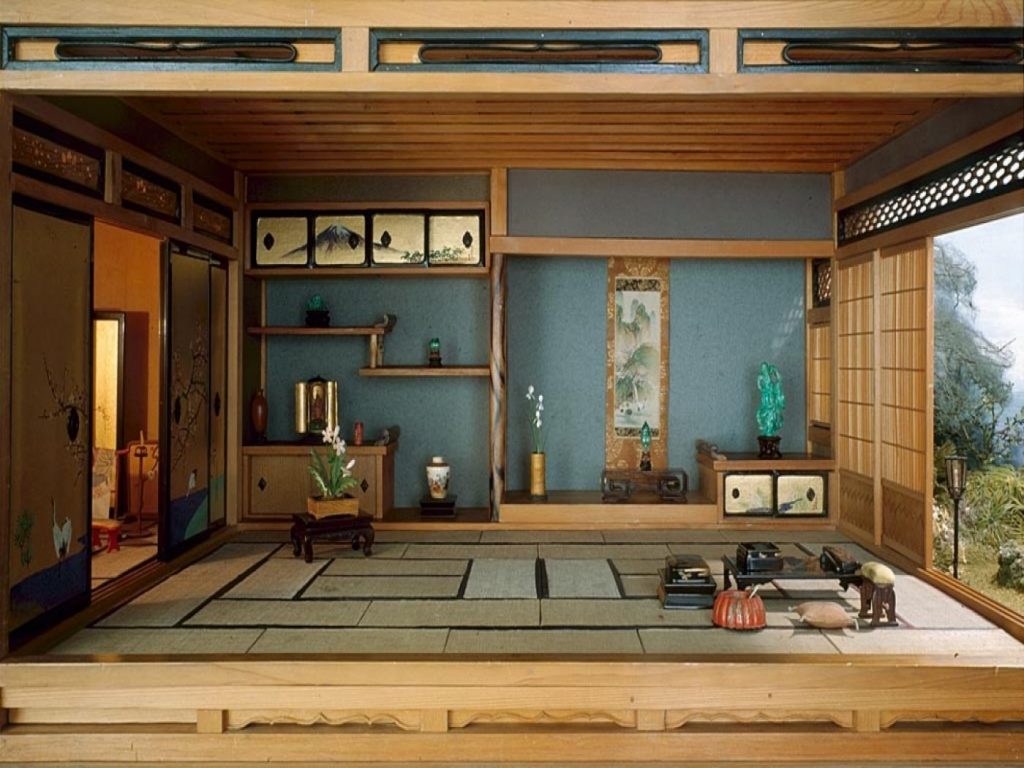 Incorporating a modern clean Japanese living room into your home design can have numerous benefits, from promoting relaxation and reducing stress levels to promoting mindful living. By embracing simplicity and functionality, this style of design creates a tranquil and organized space that is both visually appealing and promotes a sense of well-being. Consider incorporating elements of Japanese design into your living room for a modern and peaceful oasis in your home.
Incorporating a modern clean Japanese living room into your home design can have numerous benefits, from promoting relaxation and reducing stress levels to promoting mindful living. By embracing simplicity and functionality, this style of design creates a tranquil and organized space that is both visually appealing and promotes a sense of well-being. Consider incorporating elements of Japanese design into your living room for a modern and peaceful oasis in your home.





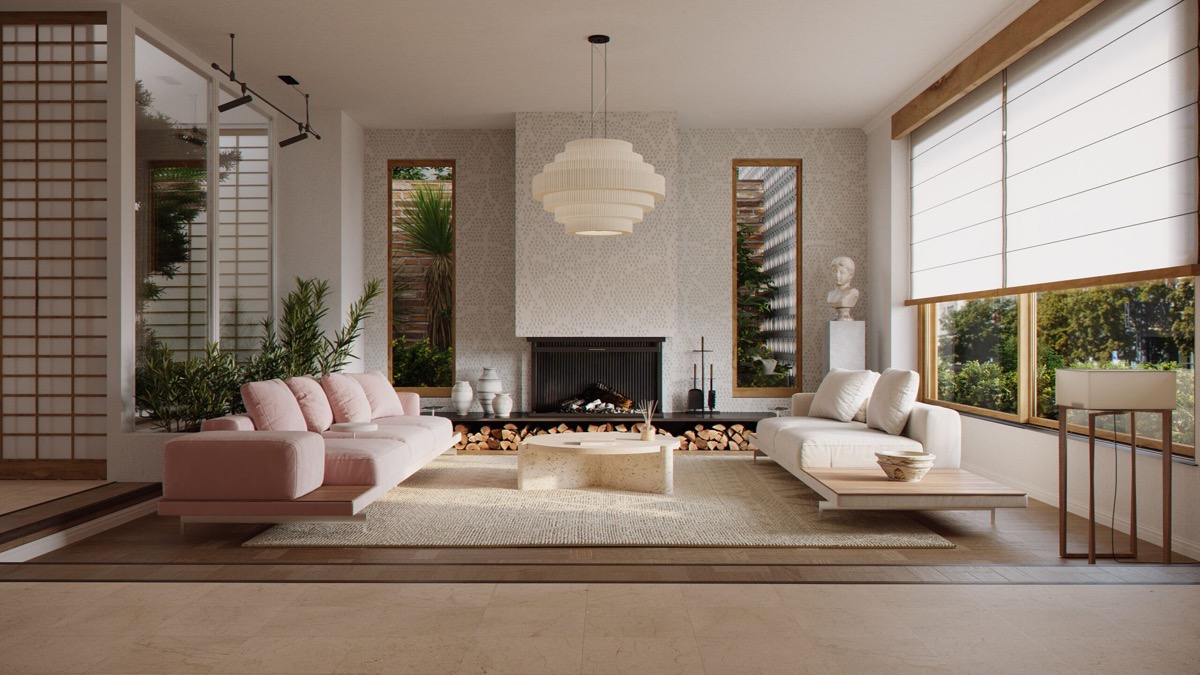
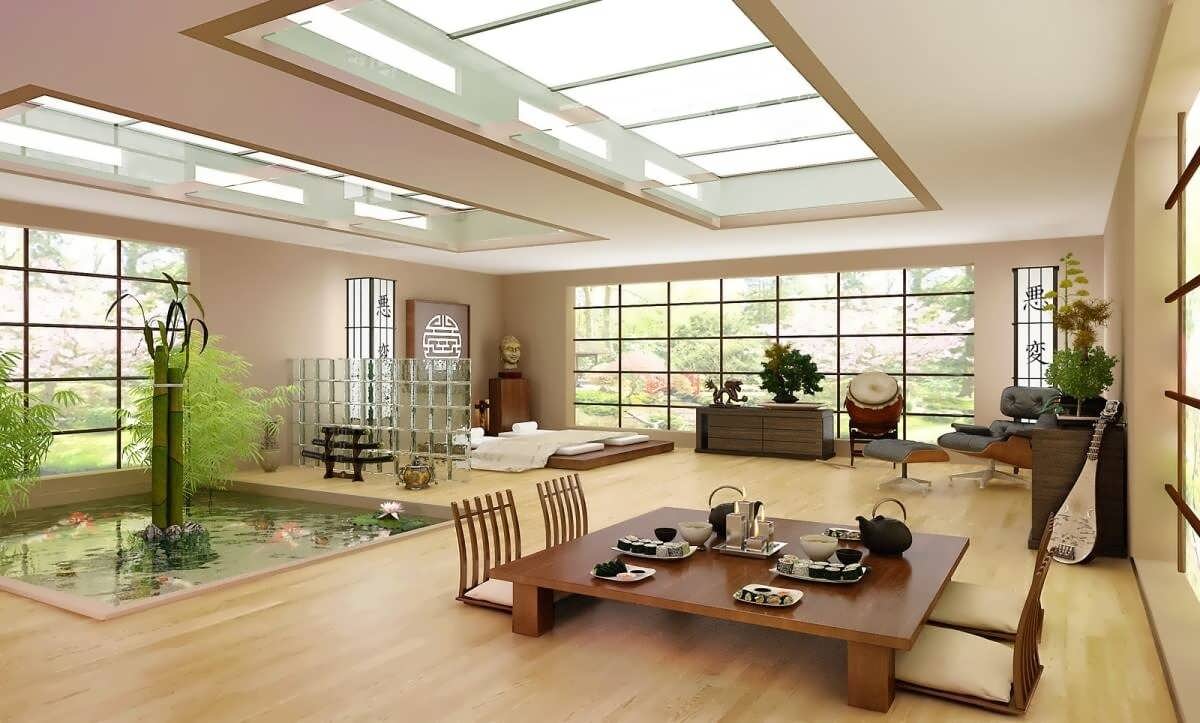
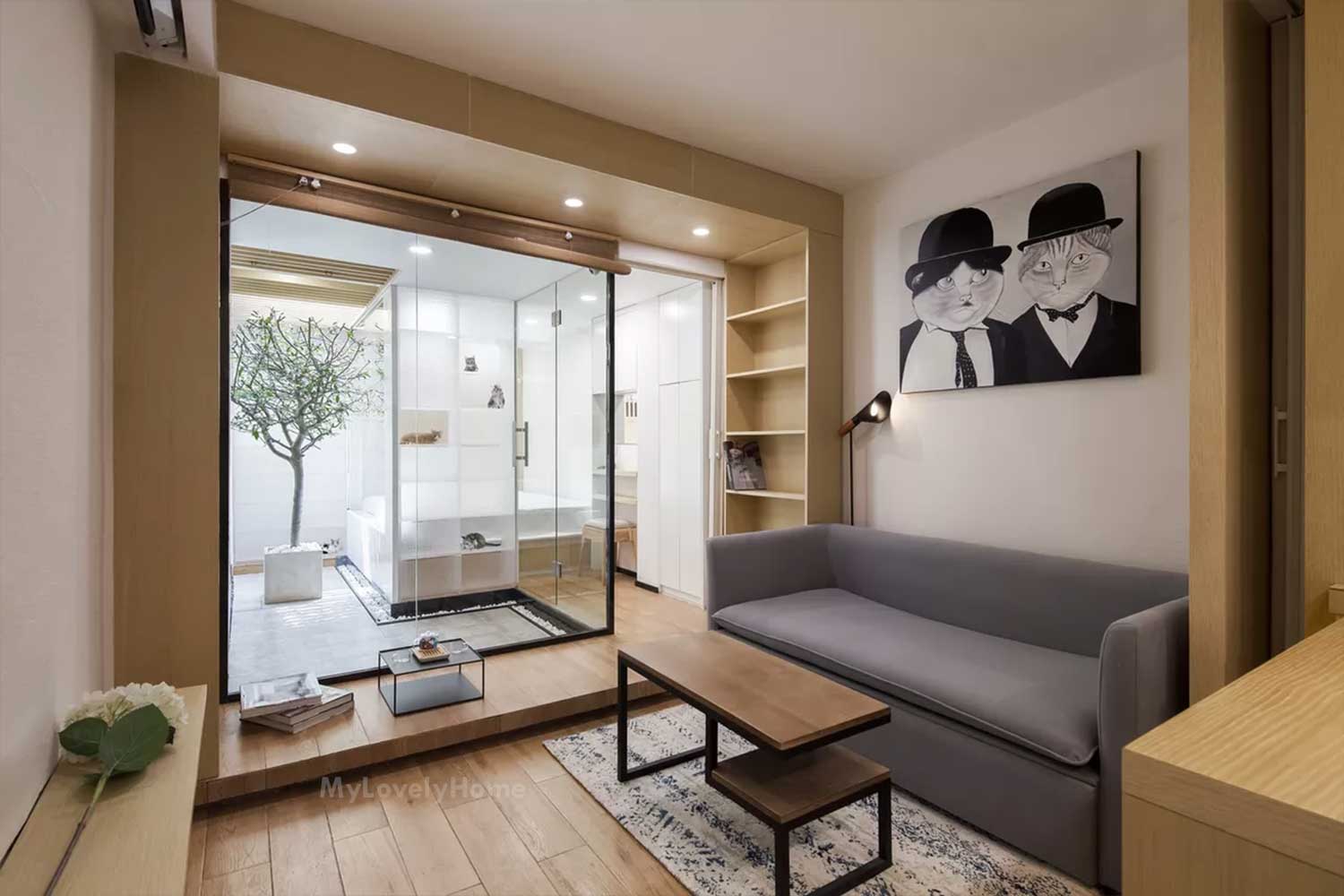


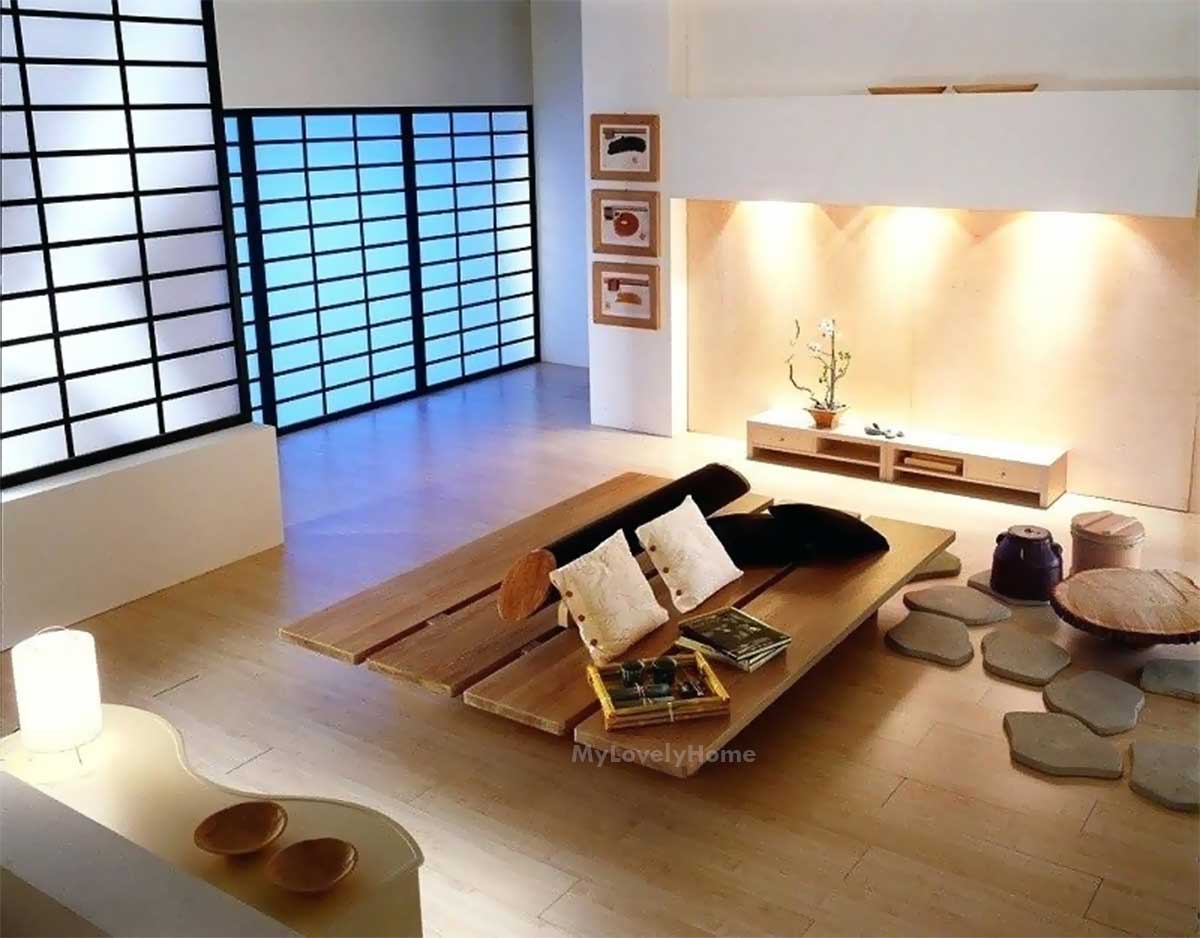

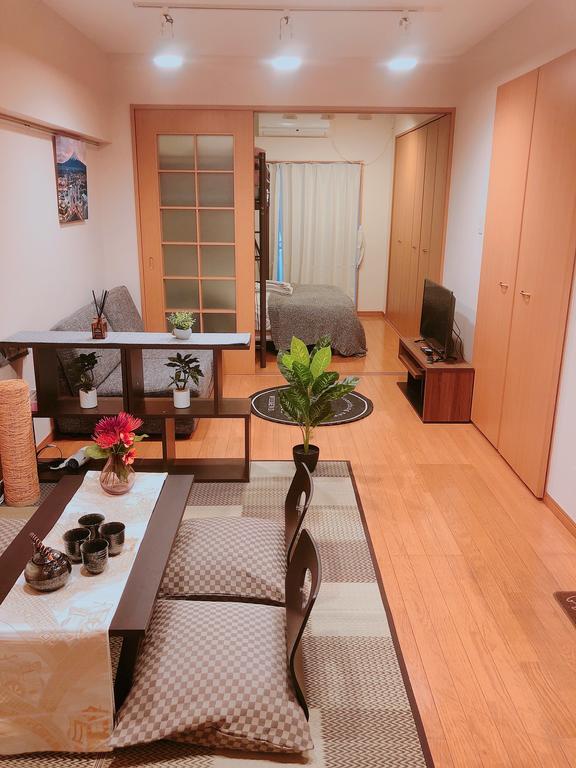

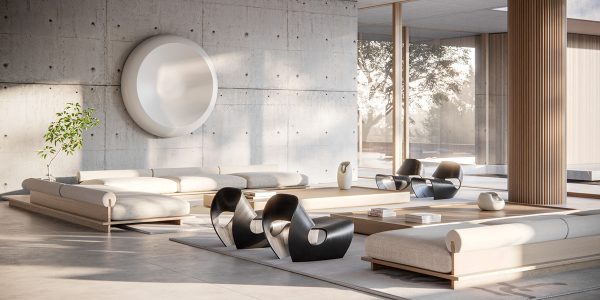
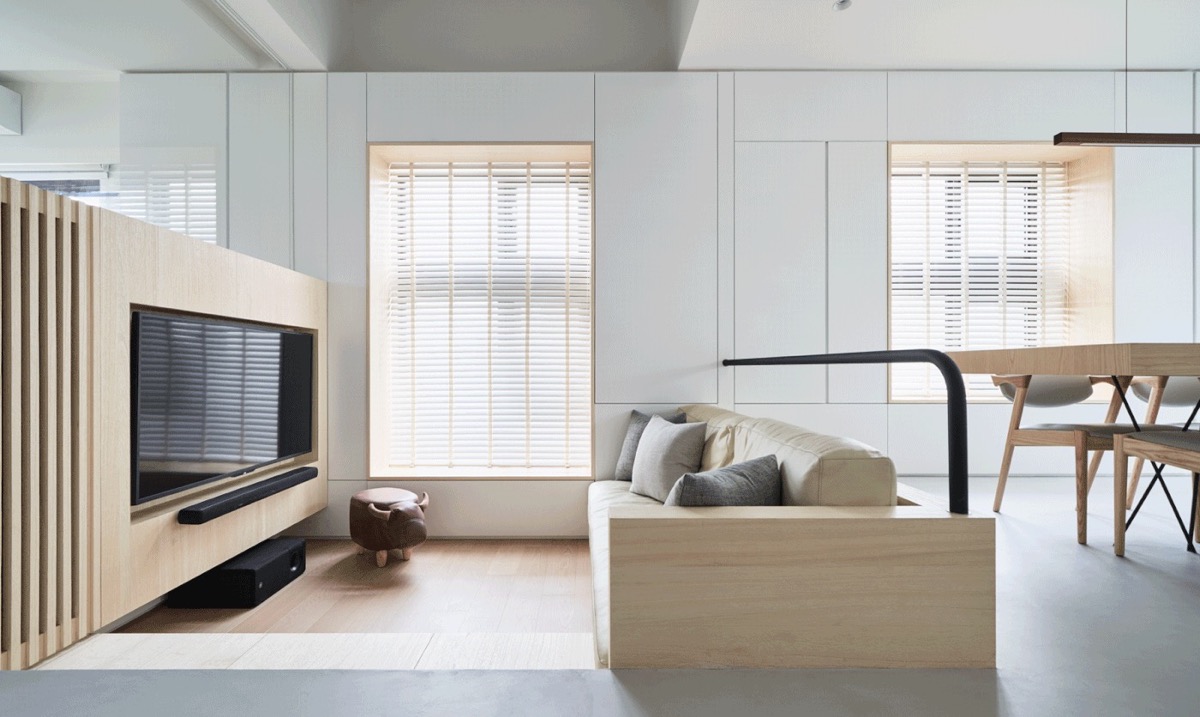
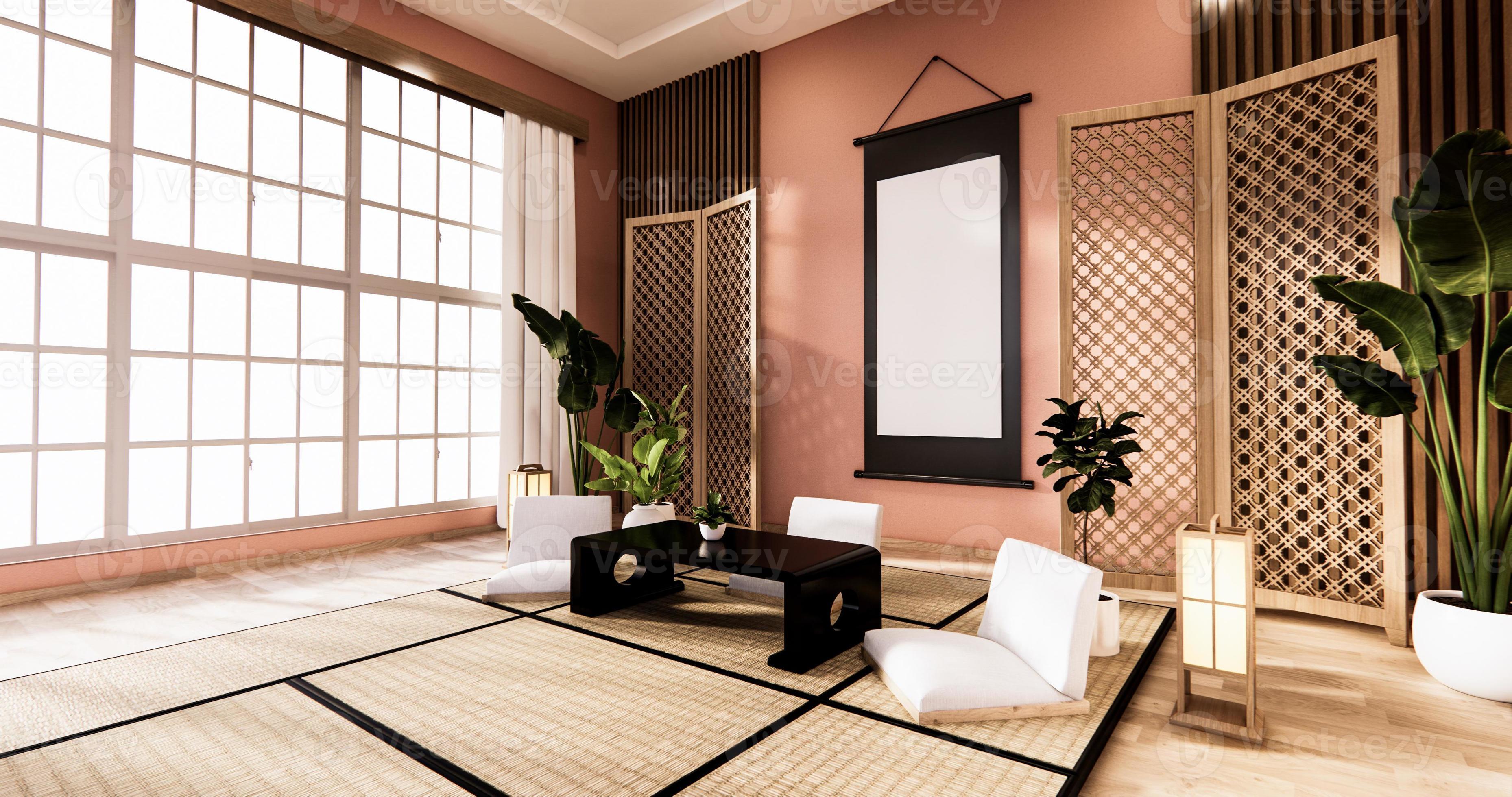





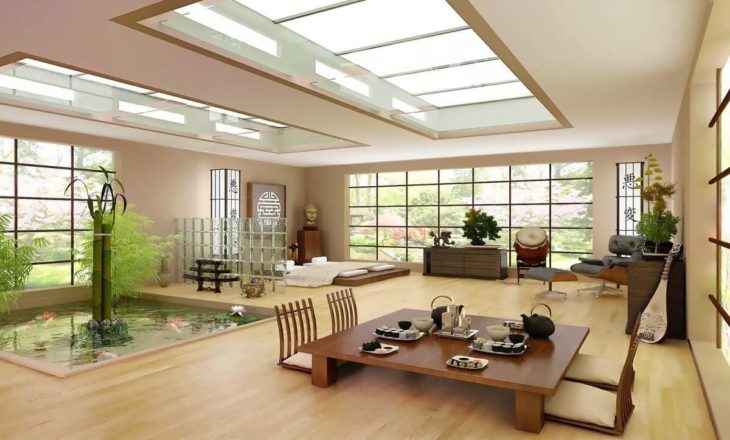


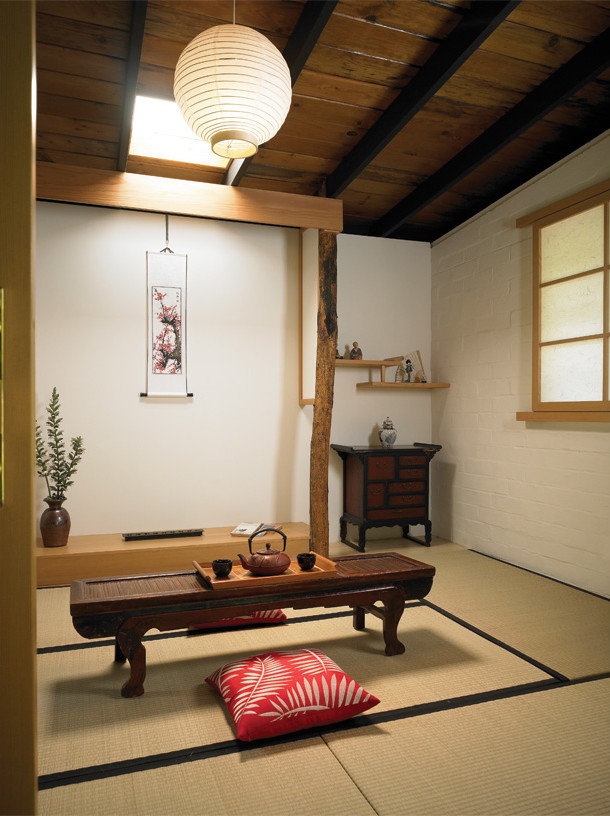

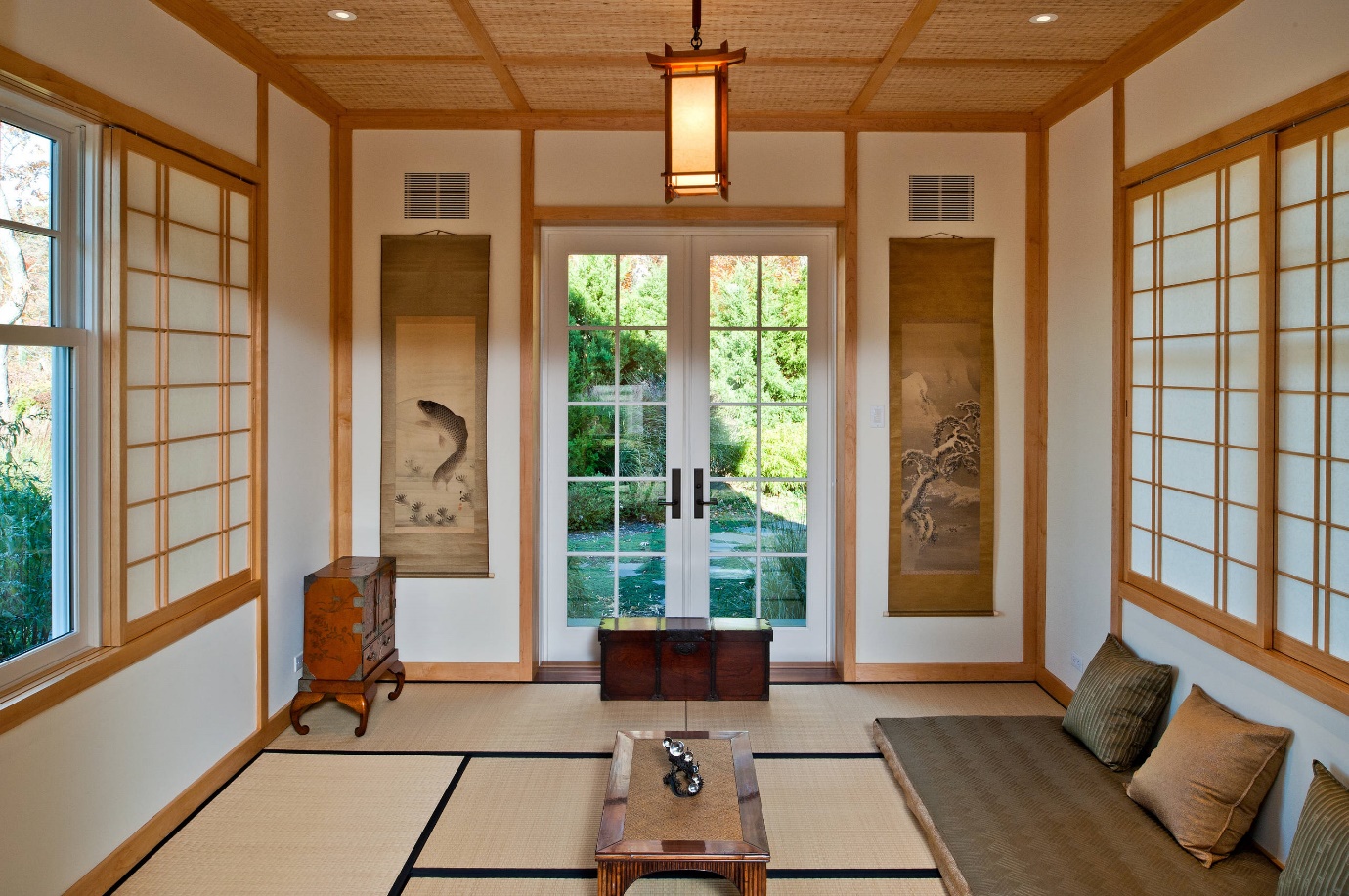



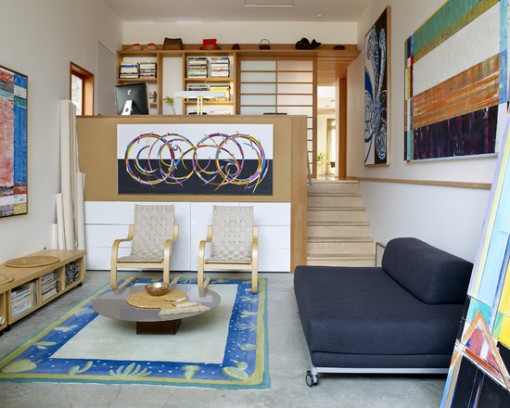

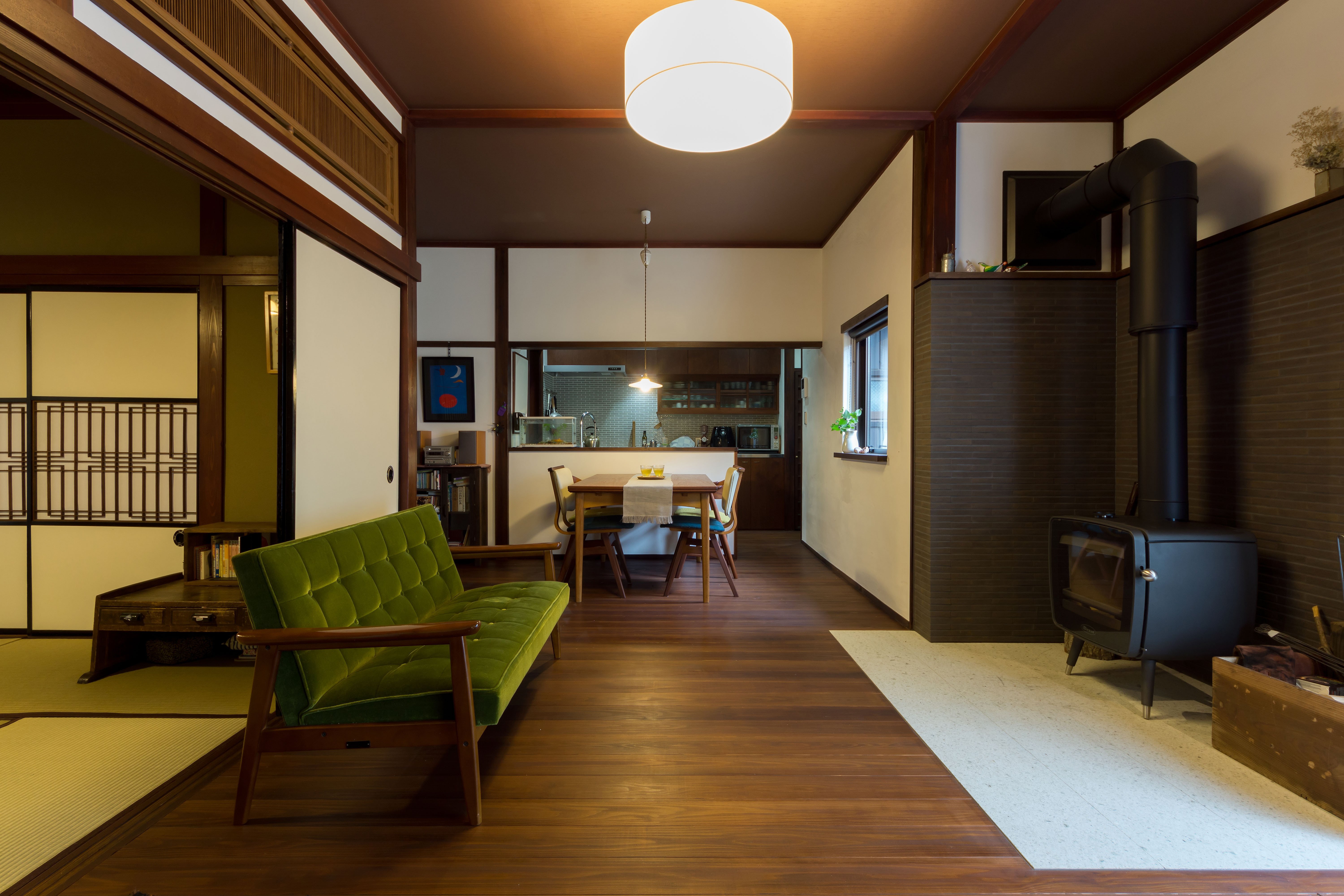






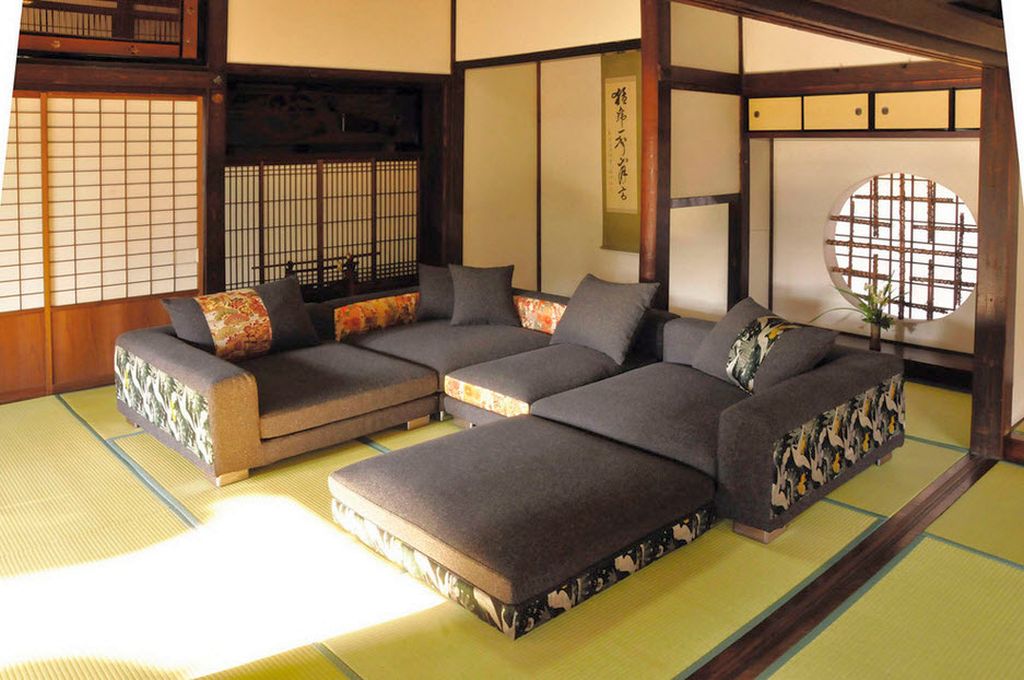
.jpg)







